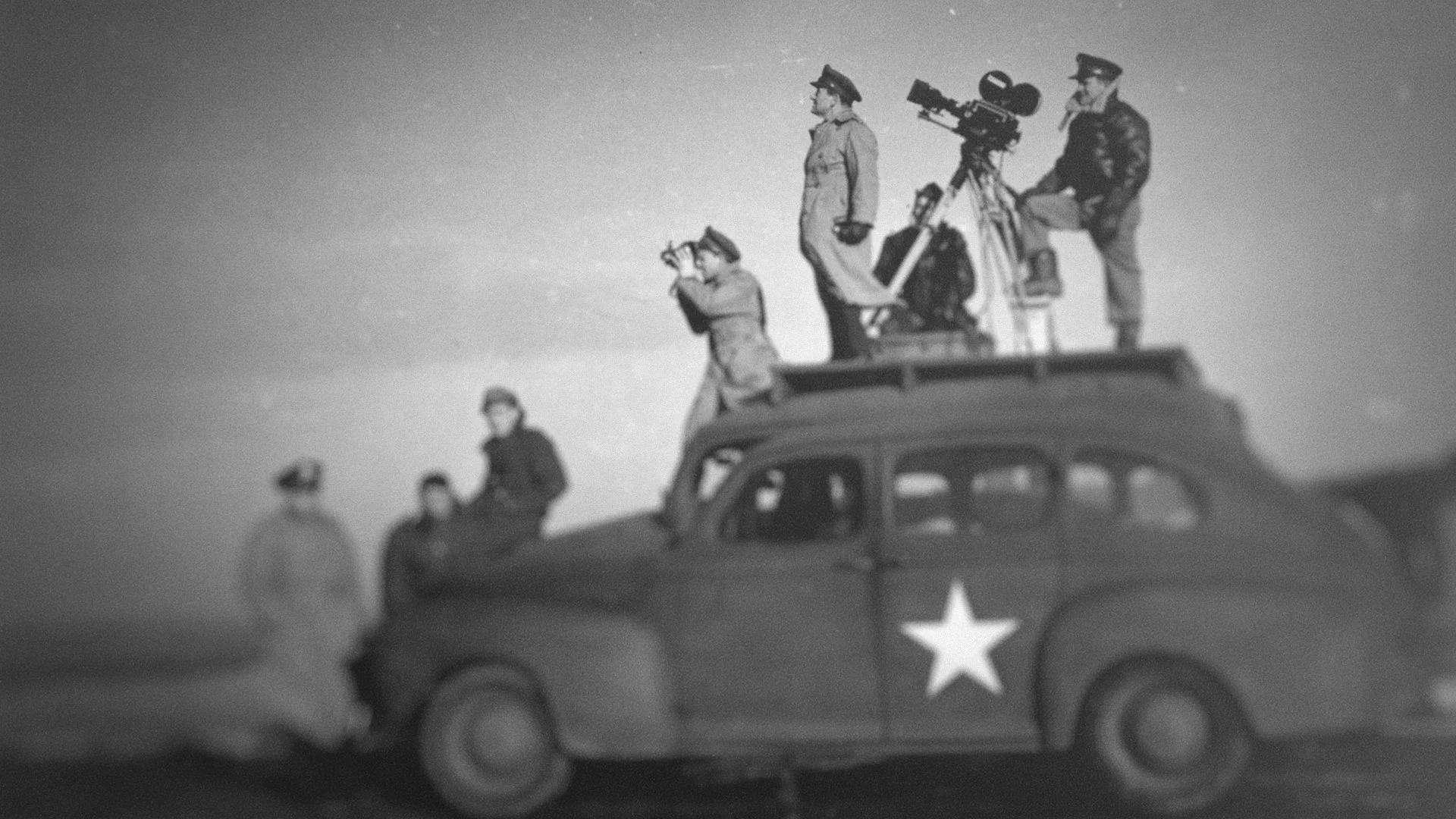
More about Exit Clause
In 1940 the top five Hollywood Studios owed their own theaters, almost 45% of all the theater seats in the United States. Since Fox, Paramount, RKO, MGM and Warner Brothers held the means of film production, distribution and exhibition, they held a monopoly in the Motion Picture Industry. The Federal Government called it vertical integration and sued the Studio´s in the Supreme Court and won.
The major players were ordered to divest themselves of their theaters, an economic death blow for the predictable annual distribution income the studio’s counted on for their strangle hold on the industry. The big five placated the Fed by promising to fulfill the divestiture before 1943.
In the interim, World War II erupted and the War Department approached the same Studios with a request to become, in effect, the Military’s Department of Propaganda. Hollywood accepted the role and became an invaluable partner in selling war bonds, encouraging enlistment, bolstering moral among soldiers and citizenry and fomenting a united hatred for the Axis Powers.
The United States Propaganda machine, run by the major studios, was instrumental in the Allied victory.
After the war, a grateful Federal Government let the 1940 Supreme Court Decision slide for almost three years. In 1947 the Big Five, knowing that the Fed was about to re impose the divestiture decree, countersued the verdict in a lower court and won.
The following war was no longer against Germany and Japan.
It was the United States against the Hollywood hierarchy. And it would be fought with a vengeance. It’s against the backdrop of this era, of Hollywood’s most historic period, that Exit Clause comes to life.




